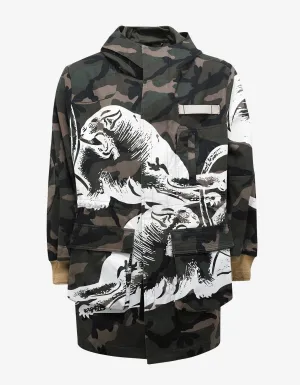🔥🔥 93% OF CUSTOMERS BUY 3 OR MORE 🔥🔥
Linen Decorative Pillows Cover !!!
45 x 45 cm Pillow Case
Merry Christmas Decorations for Home
Just click the "Add To Cart" Button Below! There's a very limited stock, and they will go soon!
Note: Due to High Demand Promotional Items May Take Up To 2-4 weeks for delivery.
WE SUPPORT AN AMAZING CAUSE
We're thrilled to support Nanhi Pari Foundation is a Girl Child Right Organization which works for Education, Health & Nutrition for Girl Child.
2. Fast, Sure & Safe delivery.
3. Safe Payments via PayPal® and 2Checkout®.
4. 30 Day Money Back Guarantee.
5. Real humans on our support help-desk !
6.Tracking number for every order.
7.We use encrypted SSL certificates for 100% security.
Santa Claus Facts
St. Nicholas is the world's most popular non-Biblical saint. He has over 2,000 churches dedicated to him in France and Germany, and 400 in England.
Artists have portrayed St. Nicholas more times than any other saint except Mary.
St. Nicholas is also the patron saint of banking, pawnbroking, scholarship, pirating, butchery, sailing, thievery, haberdashery, orphans, royalty, and New York City.
German-born American illustrator Thomas Nast (1840-1902) helped create the modern version of Santa as jolly, chubby, and dressed mainly in red. Coca-Cola further solidified his image in the mainstream media in 1931 when they used him in their advertising.
St. Nicholas (who would later become Santa Claus) became famous when he gave three poor girls their dowries so they wouldn't be sold into prostitution.
The figure of Santa Claus is based on St. Nicholas, a real person who lived during the fourth century in Patara, or what is now Turkey.
The remains of St. Nicholas, an early precursor to Santa Claus, are in Italy. Looters stole half of his skeleton as well as other relics.
During the Reformation, the very Catholic St. Nicholas became merely a sidekick to Jesus. Santa was known as Ru-laus (Rough Nicholas), Aschenklas (Ashy Nicholas), or Pelznickel (Furry Nicholas).
The contemporary Santa Claus is mainly the byproduct of commercialization and advertisements that are tied to Coca Cola, the Hollywood movie industry, Walmart sales, shopping mall photo ops, and the Internet.
An early version of Santa Claus (St. Nicholas) allegedly resurrected three small children who had been butchered, dismembered, and pickled by a butcher and sold as ham.
In the mid 1800s, poet Thomas Nash wrote a poem that famously placed Santa's home in the North Pole, even though the original saint lived in Turkey. Nash most likely chose the North Pole because, at the time, there were several scientific explorations to the North Pole, a region that was seen as a type of fantasy land, mysterious and just out of reach.
Believing in Santa Claus cultivates a child's imagination and ability to think of possibilities and potentialities.
In Europe, before the 16th century, gifts were exchanged on December 6th, the feast of St. Nicholas. Later, German protestants began celebrating Christkindl on December 25, a feast day for the Christ child.
In the Santa Claus narrative, naughty children most likely receive coal as a matter of convenience. Santa is already wriggling down the chimney, so it's easy for him to pick up coal. Another theory links coal to Charles Dickens's Christmas Carol, in which Scrooge refuses to give Bob Cratchit even one piece of coal.
As Europe became Christianized, the figure of Santa Claus appropriated several pagan elements, including the the narrative of the god Odin, who sported a long white beard and rode a massive war horse with eight legs.
St. Nicholas was said to have stood up—right after birth—and praised God.
He also refused his mother's milk on fast days.
Perhaps no other figure represents the clash between the commercial and the sacred as Santa Claus, a figure who at once encourages charity and gift-buying.
































